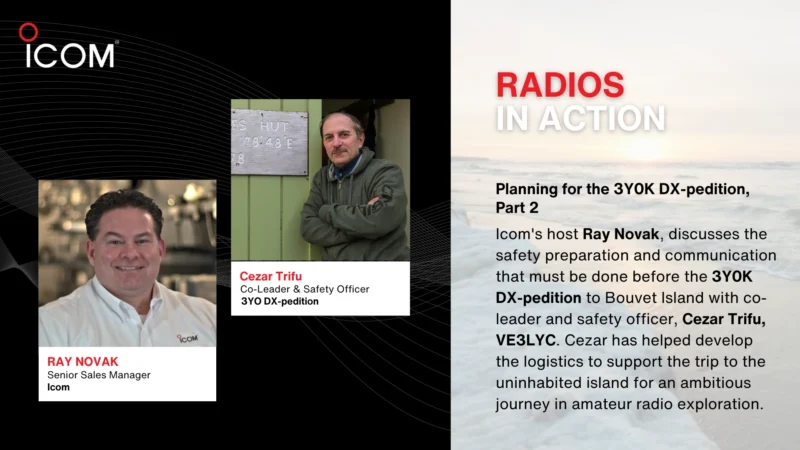Understanding the Advantages of 6.25 kHz Radios in Multipath Resilience
6.25 kHz radios offer an advantage in multipath resilience.
In radio communication, multipath interference is a significant challenge, often leading to signal distortion and loss. This Icom video looks at the advantages of 6.25 kHz radios, particularly their resilience to multipath interference.
The video delves into the technicalities of multipath interference – a phenomenon where a radio receives the same signal at slightly different times, disrupting communication. It explains how 6.25 kHz radios, with their slower data rate, provide a clearer and more reliable communication channel in environments with multiple reflective surfaces like buildings, forests, and tunnels.
Key points from the video include:
- The concept of multipath interference and its impact on radio communication
- How 6.25 kHz radios’ slower data rate enhances signal interpretation and clarity
- Icom’s IDAS line of radios and their inherent multipath resilience
This video is a valuable resource for anyone involved in radio communications, offering a clear understanding of why choosing the right frequency and technology, like Icom’s 6.25 kHz radios, provides effective and uninterrupted communication in complex environments.



